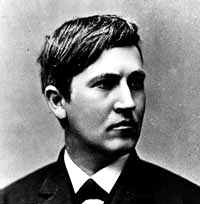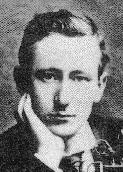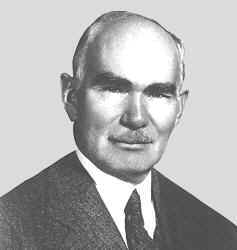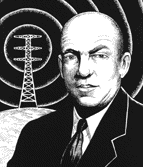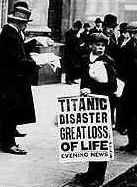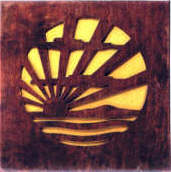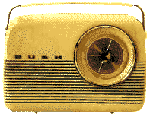Vintage Audio and Radio...
|
Thomas Alva Edison (1847-1931) Guglielmo Marconi (1874-1937)
Lee De Forest (1873-1961)
Edwin H Armstrong (1890-1954)
The Titanic 1912
1927 PYE Model 25
A popular 1957 Bush
1958 Sony portable |
The Edison Phonograph invented in 1877. The earliest phonographic sound recordings used a foil cylinder. The recordings were made by imprinting sound waves on a spiral track running along a strip of "tinfoil" that was wrapped around a 4" diameter drum. The drum was rotated at around 60 rpm and the sound picked up from the imprints on the track (by a needle) and amplified by an acoustic horn loudspeaker. The lifetime of the recording was very short due to delicate nature of the foil that could be easily ripped or worn during playback. Edison in his lifetime patented 1093 inventions including the telephone and light bulb. Marconi's achievement was to produce and detect radio frequency waves over long distances, laying the foundations for today's radio.
Marconi began experimenting in 1894 when radio waves were known as 'Hertzian Waves' after Prof. Heinrich Hertz. In 1897 Marconi obtained a patent and established the Wireless Telegraph and Signal Company. A year later he opened the world's first radio factory in Chelmsford. In 1901 Marconi successfully sent signals across the Atlantic from Cornwall to Newfoundland laying the foundation for global communication. Lee De Forest inventor of the triode valve in 1906.
In 1906, De Forest invented the triode valve or "tube" with three electrodes (the vacuum diode had two electrodes). This triode valve could be used as an amplifier by controlling the current flow between the anode and cathode by the third control grid element. Amplification and switching used in all electronic circuits had to be performed by using a vacuum valve until 1947 and the introduction of the transistor. Lee De Forest's triode was essential to the early development of radios, telephones and televisions and is among the worlds most important inventions. Click here to see the De Forest triode valve circuit patented in 1908. Edwin Armstrong inventor of the Superheterodyne radio 1918 & Frequency Modulation 1933.
Armstrong discovered the regenerative feedback circuit in 1912 whilst studying the De Forest thermionic valve (tube). This regenerative feedback circuit was used in early radio receivers to provide very high gain RF amplification. Then in 1918 Armstrong made a major radio receiver improvement in both selectivity and amplification with his invention of the superheterodyne radio core circuitry. The 'superhet' circuit is still the basis of all modern radio receivers to this day. In 1933 Armstrong patented FM modulation that transformed radio broadcasting to a high quality low noise broadcasting media enabling Hi-Fi audio to be broadcast for the first time.
Titanic Tragedy Spawns Wireless Advancements - 1912. "The tragedy of the Titanic, occurring when it did during a period of slow growth of a new industry, was responsible for the jump start of the wireless, radio and electronics industry that today provides the greatest number of jobs in the history of civilization". Click here to read more on the impact this disaster had to increased public awareness to the power of radio communication. ---- The publication is from Ray Minichiello, Guglielmo Marconi Foundation, U.S.A., & The U.S. National Marconi Museum. ---- Reproduced on AudioUk with kind permission ---- The first regular radio transmission in the UK was the BBC's 2LO from London. It began a regular service on the Medium Wave, 14th November 1922. Radio arrived in style during the 1920s, the first radios had wooden boxes with moving pointers on backlit dials that marked the stations. Often to improve reception long antennas where hung out of the window into the garden. Bakelite cabinets were used from the 1930s introducing a new style with modern shapes and colour. Ekco sets led the way in the UK and the "round" Ekco's hailed the way setting new standards in performance and style. The transistor was introduced into radio receivers from 1954 and opened the era of portability with receivers requiring less power to operate. VHF (FM) transmissions commenced in the late 1950s solving some of the signal fading and interference that plagued the medium wave (AM) reception mainly in the hours after dark. UK broadcast radio milestones: |
